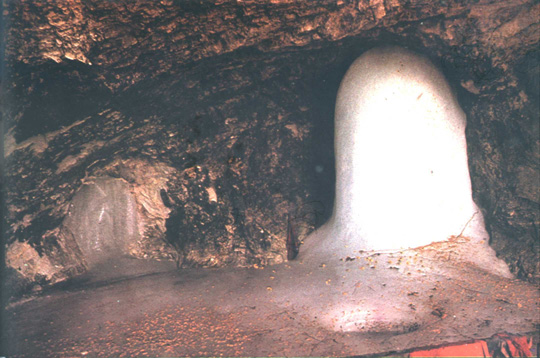|

|

|
|
Kashmiri Pandits' Association, Mumbai, India |

|
| | Home | June-July 2003 Issue | |
|
Children’s Page
… Compiled by ‘Kostur’ 'Increase your Knowledge' Series: How Snakes Move? Snake can move in several ways, depending on speed and the surface over which it is travelling. The most common is lateral undulation, whereby the muscles of its back contract sequentially, causing S-shaped waves of bending to move along its body from head to tail. The head and nech set the direction and the bends follow their track like carriages behind a railway engine. Sea snakes have oar-shaped tales to help to propel them in water. An alternative method is sidewinding, seen in Africa's horned viper and the sidewinder of North American deserts. Its body rolls sideways in a series of arcs along the ground, resembling a rolling spring. For concertina movement, the snake alternately pulls up its body into bends then straightens it forwards - a method used by larde puff adders in tunnels, and by tree boas while climbing. Rectilinear locomotion is simply moving in a straight line - the preferred method of constricting snakes, such as the pythons of Africa and tropical Asia. At several points along the snake's underside, the belley scales are alternately lifted from the ground and pulled forwards and then pushed downwards and backwards. The scales dig into the ground, causing the snake to move forwards. Although snakes look fast as they slither through the undergrowth or over the sand, they are actually remarkably slow. The rattlesnakes of North America normally progress at a modest 3 kilometers per hour. The world's fastest snake, the black mamba from Africa, was once seen to chase a man at 11 kilometers per hour. 
|
|
|
JOIN US |
|
|




